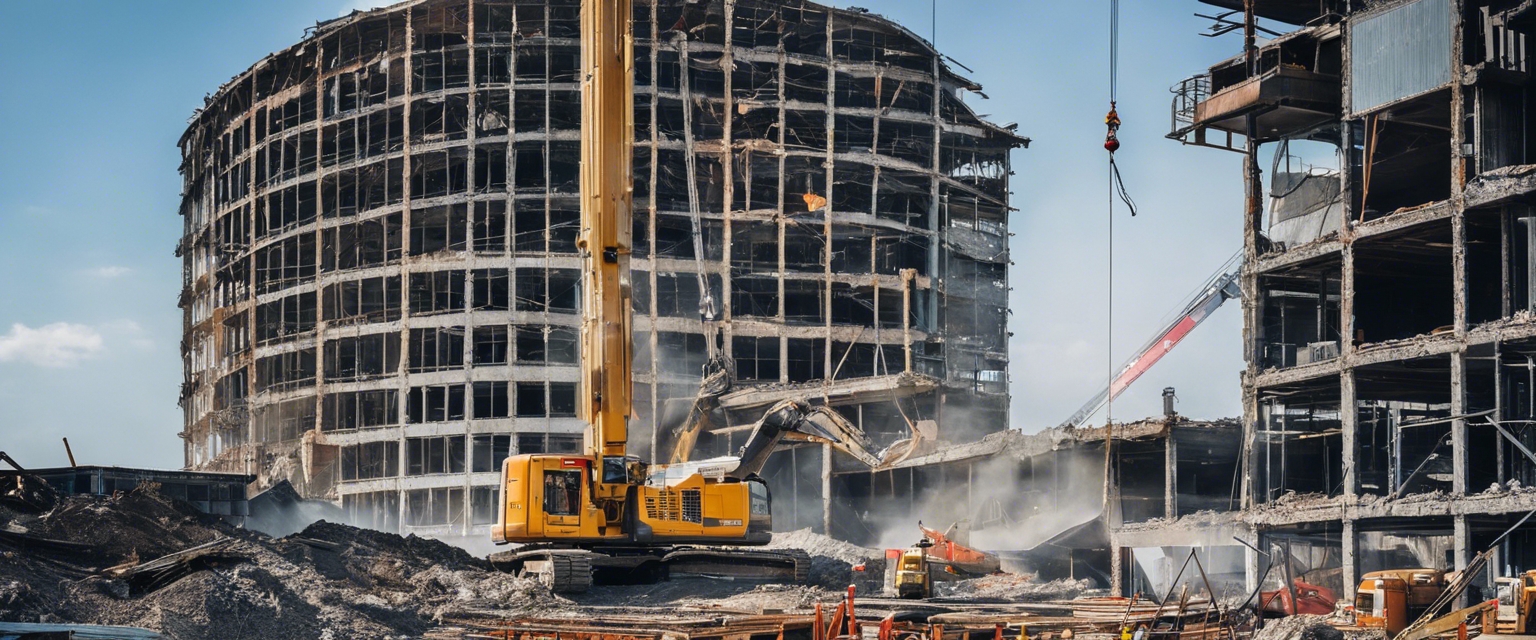5 steps to legalising your unauthorised construction
Unauthorised construction refers to any building work that has been completed without the necessary permits or does not comply with local zoning and building codes. This can include additions, modifications, or new structures erected without proper approval.
Operating with unauthorised construction can lead to legal consequences, including fines, demolition orders, and difficulties in selling or refinancing the property. It's crucial for property owners to address these issues promptly to avoid such risks.
Step 1: Conduct a Thorough Assessment
The first step in legalising unauthorised construction is to assess the full extent of the work that has been done without approval. This involves reviewing construction plans, comparing them to the actual structure, and identifying any discrepancies.
It's advisable to consult with a legal expert who specialises in construction and real estate law. They can provide valuable guidance on the legalisation process and help identify the specific permits and approvals needed.
Step 2: Develop a Legalisation Plan
Once the assessment is complete, the next step is to develop a plan to remediate the unauthorised work. This may involve alterations to the structure to meet building codes or applying for retrospective permits.
Engaging with local authorities is essential to ensure that the legalisation plan is viable and that all necessary permits will be granted. Open communication can also help expedite the process.
Step 3: Apply for Necessary Permits
Understanding the local permitting process is crucial. This includes knowing which permits are required, the criteria for approval, and the timeline for the permitting process.
Preparing a comprehensive package of documentation is key to a successful permit application. This typically includes detailed plans, engineering reports, and evidence of compliance with local codes.
Step 4: Implement the Legalisation Plan
With the necessary permits in hand, the next step is to commence any remedial work required as part of the legalisation plan. This work must be carried out in compliance with the approved plans and permits.
Throughout the remediation process, it's important to ensure that all work complies with the relevant building codes and standards. This may require regular inspections and coordination with building officials.
Step 5: Obtain Final Approval and Certification
After the remedial work is completed, the property will need to be inspected by local authorities to ensure that it meets all the necessary standards and regulations.
Once the property passes inspection, the final step is to obtain a certificate of occupancy or a similar document that officially recognises the building as legal. This certificate is crucial for insurance, financing, and resale purposes.






Comments (0)